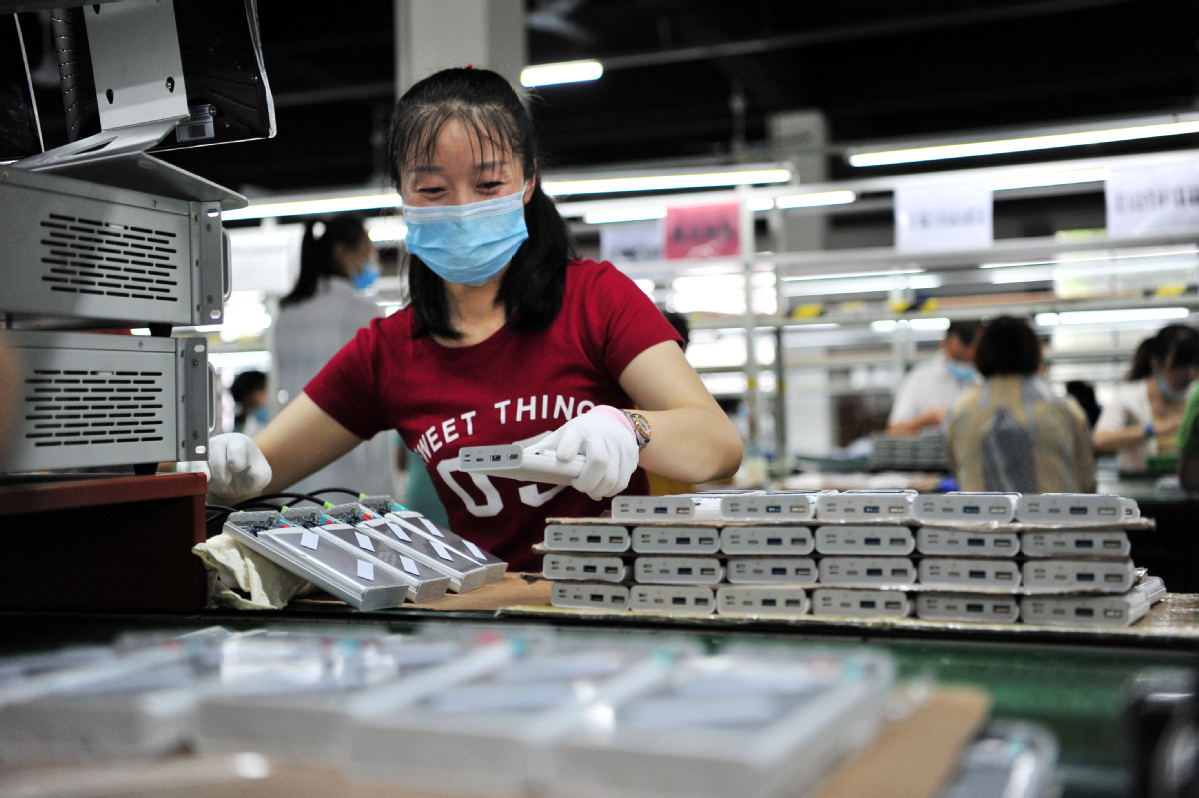Small to medium-sized firms will get more support


China adopted a new package of supportive policies to facilitate development of small and medium-sized enterprises, focusing on leveraging monetary tools and encouraging qualified firms to go public, according to a document jointly issued by a group of central ministries and departments on Friday.
Key measures include guiding commercial banks to further increase credit for smaller businesses. The central bank can use re-lending and rediscount facilities to inject liquidity. It also can release more funds through adjusting the amount of cash financial institutions must reserve, or the reserve requirement ratio, said a document released by the Ministry of Industry and Information Technology.
The market-oriented benchmark lending rate, the loan prime rate, should decide the real price of loans for small and micro firms, meaning interest rates will be diversified depending on the risk premium, said analysts, who expect policymakers to provide specific support for smaller businesses to stabilize employment.
Signs indicate that the central bank is withdrawing the special monetary stimulus that has been used to fight the novel coronavirus epidemic. Production has rebounded and fixed-asset investment has edged up since the second quarter. But SMEs, the segment that provides most jobs in China, remain a weak spot in the economic recovery, economists said.
The pandemic will drive the global economy into a deep recession this year, which will also add uncertainties for recovery in 2021. The long-lasting pandemic will spark some social issues, such as unemployment and inequality of development, which can also affect China's economy, Liu Yuanchun, vice-president of Renmin University of China, said at a seminar.
Instead of setting a short-term annual growth target, the government may need to consider a medium-term goal and choose the right policy tools. Both fiscal and monetary policies should leave enough buffers for the next two years, said Liu.
Zhu Min, head of Tsinghua University's National Institute of Financial Research, said the post-pandemic recovery, especially in financial markets, will depend on the central bank's determination to use monetary policy tools and the policy space it has. It also hinges on efforts to solve the problem of lack of coordination between fiscal and monetary issues to better serve the real economy, he said.
Supporting SMEs, especially through financial relief measures, is a crucial decision to reduce vulnerability and ensure a steady economic recovery in the coming months, economists said.
Policymakers have encouraged SMEs to expand equity financing through initial public offerings and venture capital investment, availing themselves of the adoption of the registration-based IPO system. They also asked for increasing bond products for SMEs, according to the document released on Friday.
Analysts also expect Beijing to provide more support for smaller banks since they play an important role in funding private SMEs and low-income individuals, which have suffered more from COVID-19's effects.
It is too early for Beijing to reverse its easing stance, and more coordination between monetary, credit and fiscal policies is necessary, said Lu Ting, chief economist in China for Nomura Securities.
"We think RRR cuts and medium-term lending facility rate cuts are still on the table," Lu said. The People's Bank of China "is also likely to increase the use of re-lending and rediscount, especially after the recent cuts to these rates".
The LPR has remained unchanged for three consecutive months. The PBOC maintained the one-year LPR at 3.85 percent and the five-year or longer tenure LPR, which pertains to mortgage loan rates, at 4.65 percent on Monday.
Chinese banks made 12.09 trillion yuan ($1.72 trillion) in new yuan loans in the first half of this year, and loans for SMEs rose by 25.4 percent from a year earlier, the PBOC reported. The central bank earlier announced a plan to purchase some small business loans and suspend payments of interest and principal of SME loans.




































